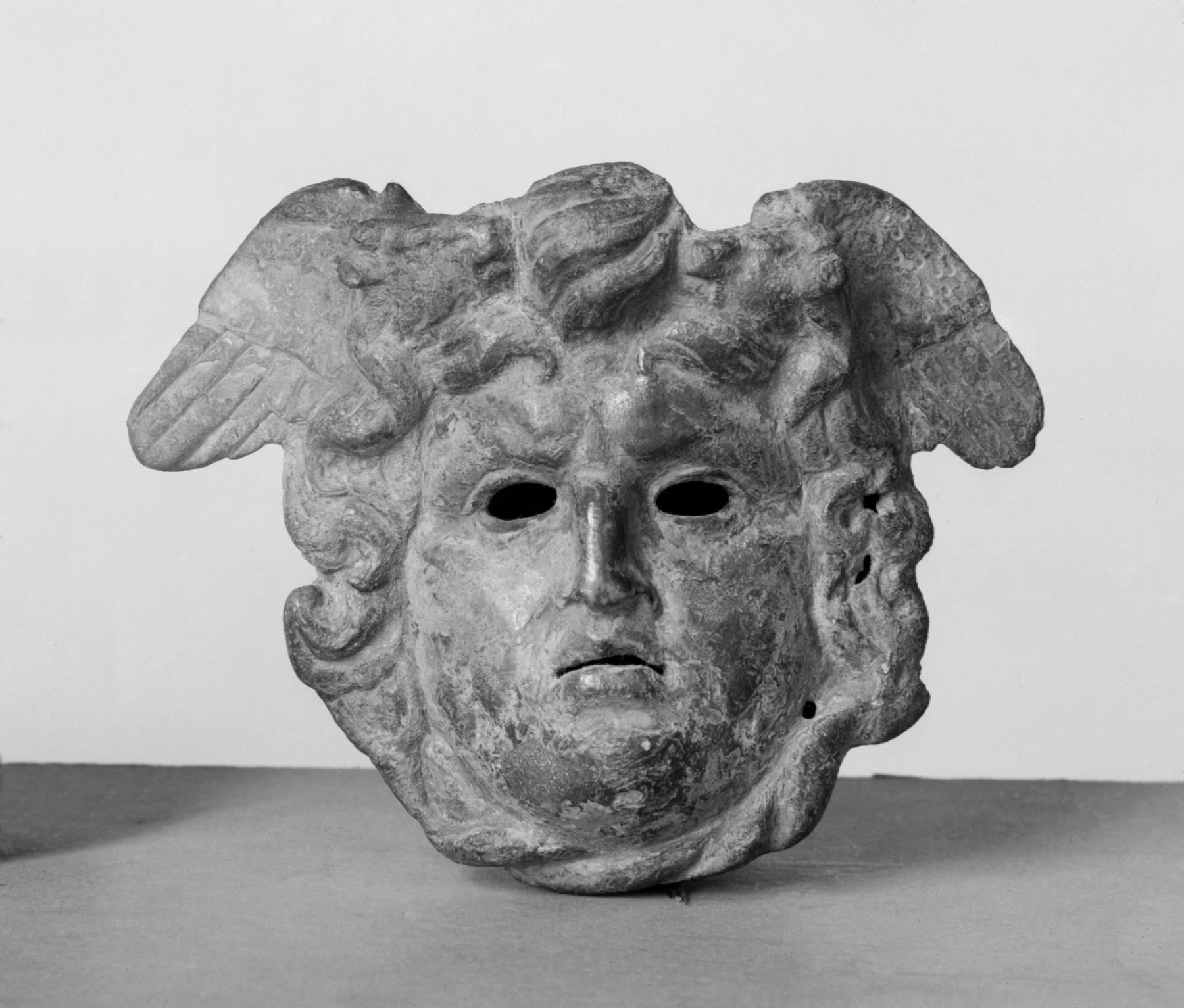Medusa
(Roman Empire )
Medusa, the only mortal among the three terrifying winged Gorgon sisters, could turn humans into stone. In early Greece, she was usually depicted with wings on her head, her face surrounded by snakes, with long fangs, and her tongue sticking out, all of which suggests her monstrous character. In later times, her features softened, and she was portrayed as a calm, beautiful woman. Medusa heads, intended to avert evil, were used as decorative elements on a large variety of items, such as vessels, statues, armor, and sarcophagi.
Provenance
Provenance (from the French provenir, 'to come from/forth') is the chronology of the ownership, custody, or location of a historical object. Learn more about provenance at the Walters.
Henry Walters, Baltimore [date and mode of acquisition unknown]; Walters Art Museum, 1931, by bequest.
Exhibitions
| 2009 | Things With Wings: Mythological Figures in Ancient Greek Art. Ward Museum, Salisbury. |
| 2005-2006 | Things With Wings: Mythological Figures in Ancient Greek Art. The Walters Art Museum, Baltimore. |
Geographies
Roman Empire (Place of Origin)
Measurements
3 7/16 in. (8.7 cm)
Credit Line
Acquired by Henry Walters
Location in Museum
Not on view
Accession Number
In libraries, galleries, museums, and archives, an accession number is a unique identifier assigned to each object in the collection.
In libraries, galleries, museums, and archives, an accession number is a unique identifier assigned to each object in the collection.
54.884


